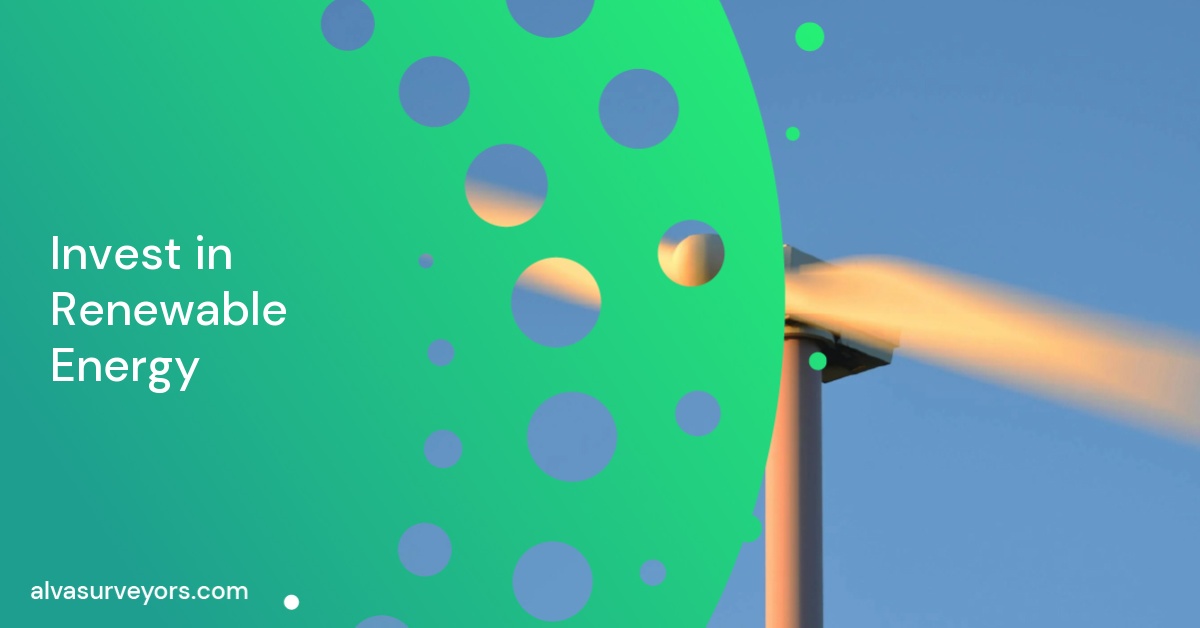The sector of green energy is growing fast, but investors should not rush to the renewable energy investment finding. Production of renewable electricity rises up to 10% every year. The initial quarter of the year 2018 in the UK comprises about 30% of the total. During the summer heat wave, the shares of solar energy may reach 27% sometimes. Though the share of renewables in total energy usage (heat, electricity, and transportation) was just 1% in the year 2004, and by 2017 it’s had risen to 10% and the government is aiming to rise up to fifteen percent by 2020.
This improvement was as a result of a great deal in the investment sector, fortunately, there have been sufficient entrepreneurs giving a compelling opportunity to investors. Six renewable UK energy funds have been initiated since 2013 with combined net assets of 4.5bn, three majoring in solar energy, one in wind plants and two with the mixed assets.
The returns have been good.
The good performance of the renewables sector has been healthy, with the compound return of 9% every year, over four and five years (although only three funds return that far). These returns have been much behind the mainstream of infrastructure sector, whose funds have gone back to more than eleven percent compound over four and five years.
Yet the average profits yield of nearly six percent is 1% higher than that of infrastructure funds, and they go at lower charges to the net asset value. The revenue which is the main source of income has declined. This is because sometimes the sun doesn’t shine or the wind doesn’t blow, but also it can be the wholesale power prices have raised more slowly than the retail-price-index-plus
Predicated market prices have been lower than the expected.
That is good for the consumers, but not for the producers. All that renewable energy production has served to reduce the prices.
Prices are unpredictable.
Many people take advantage of the premium charges. This is because of equity and good recommendation before getting funds.
What is not fair for the consumer is that the fixed-price element of the revenues is based at their expense. Larger renewable producers are paid a subsidy to produce an agreed amount of electricity; smaller producers benefit from agreed feed-in tariff is above the market prices. The subsidy cost is passed on to consumers and the same cost will reach 9bn in the year 2020/21, according to the National Audit Office, adding to one hundred and ten in a typical household bill.
The renewables industries proudly point to declining costs, thanks to improving technology sector. New offshore wind plants are now supposedly competing with gas-powered production. This is an exaggerated claim, as it doesn’t have the responsibility of the increased cost of transmission, nor the cost of decreased reliable output, but the downward trend in the cost of renewables is above the dispute.
The government responded to this trend was to announce the end to subsidies on emerging projects in the 2017 Budget. This has majorly contributed to a dramatic decline in the investment sector according to the parliamentary committee, but this may be healthy news for investors in the sector. Declining dependency on subsidies improves the business model of the industry while lowering investment could result in firmer prices.






